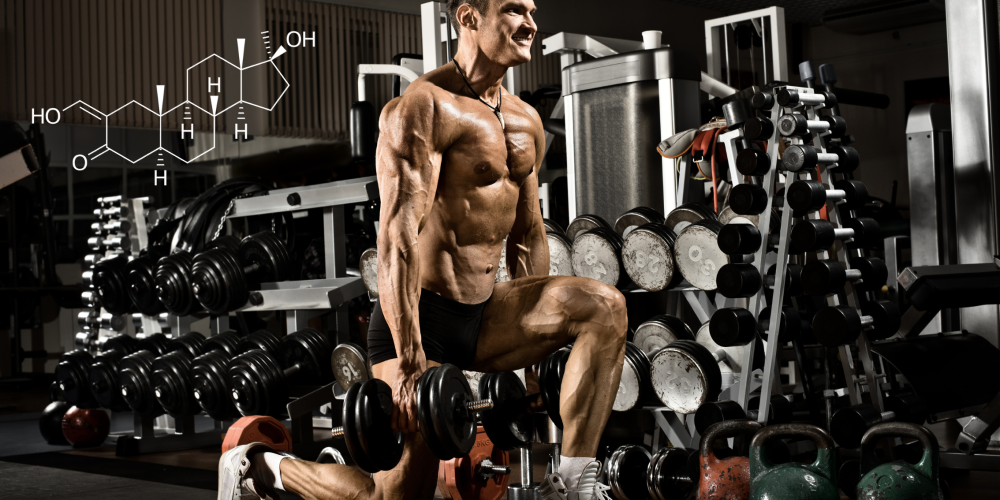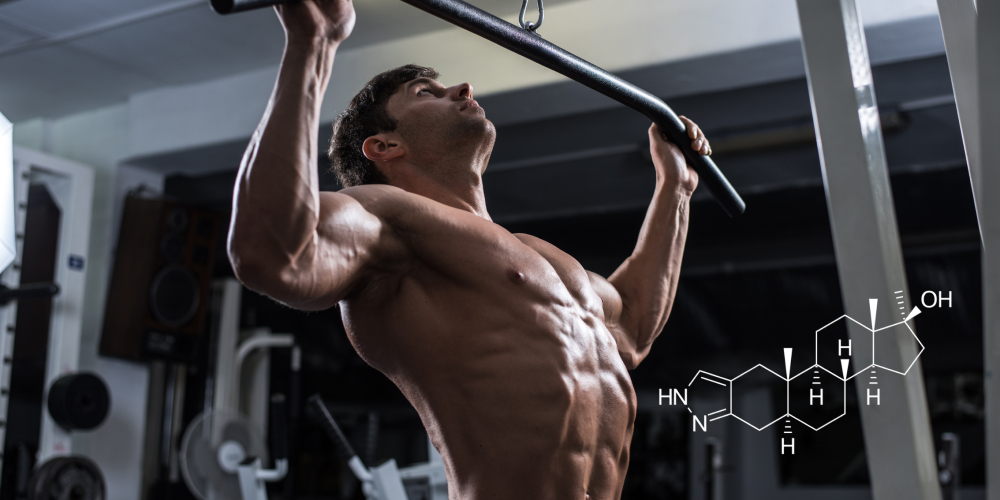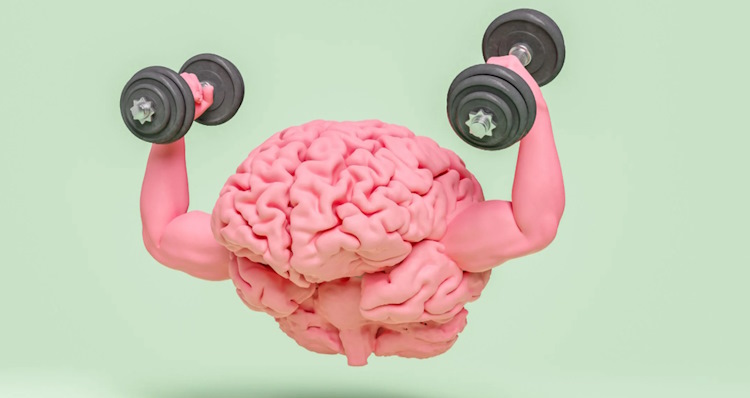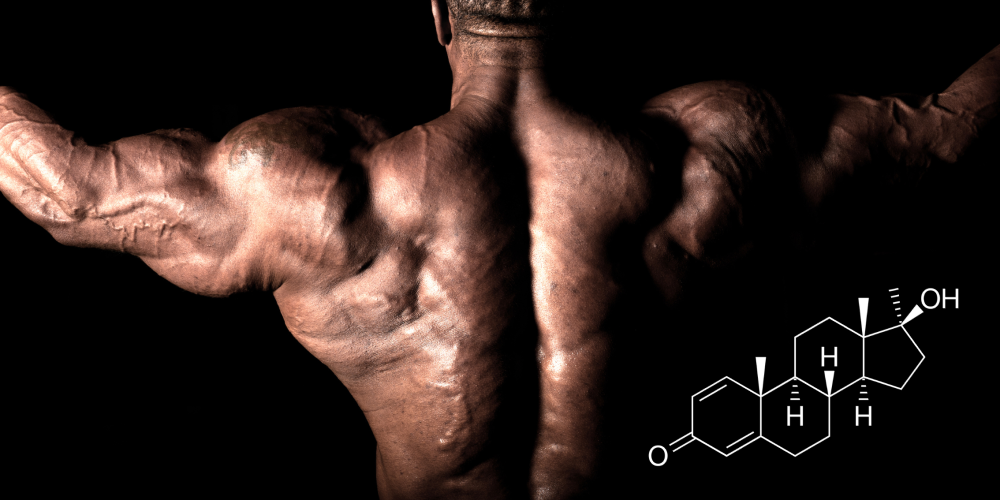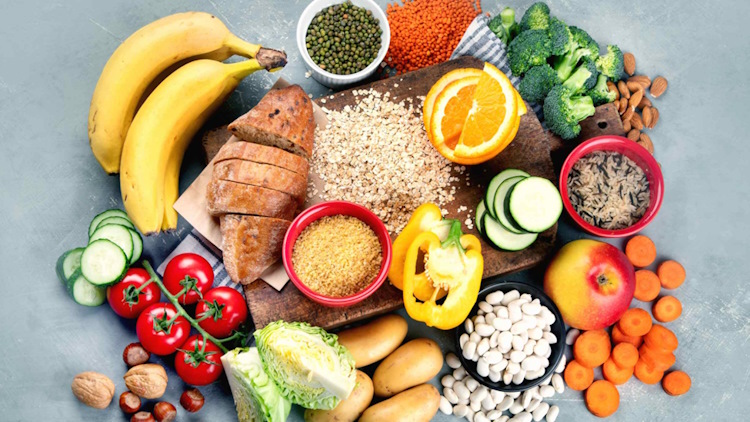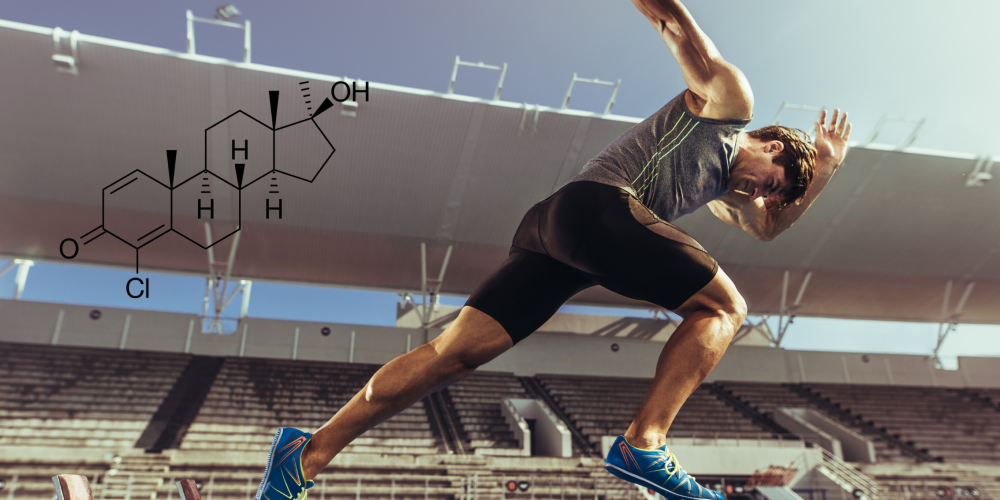How Do AAS Affect Collagen Synthesis?
What is collagen?
Collagen is a protein that makes up the body’s connective tissues. In other words, Collagen is the very fabric of tissues like the skin, cartilage, tendons, ligaments and even bone.
As you can imagine, having optimal collagen synthesis is key to having strong bones, silky smooth skin, and resistant tendons and ligaments, and to repairing all these tissues when they are damaged.
There are 3 main types of collagen:
- Collagen Type I, which makes up 90% of connective tissues, hair and nails.
- Collagen Type II, which strengthens the gut lining and cartilage.
- Collagen Type III, which supports skin and bone tissue, as well as arterial walls.
In this post, we will be taking a look at the effect of different Anabolic Androgenic Steroids on collagen synthesis so that you know what compounds you can choose from if you are injured and wanting to heal faster, trying to avoid an injury, or simply don’t want to age faster as a result of PED use.
Testosterone
Believe it or not, testosterone itself is bad for collagen synthesis and has been shown to decrease the quality of the skin as well as the strength of bones and joints.
However, Estrogen (which as you know is achieved through the aromatization of Testosterone) does the complete opposite. Estrogen is known to stimulate collagen synthesis, improve skin quality, increase bone density and keep the joints strong.
This means that, when running Testosterone, using the bare minimum amount of Aromatase Inhibitors like Arimidex or Aromasin to keep estrogen from skyrocketing is necessary in order to avoid decreased collagen synthesis and minimize the risk of injury.
Unfortunately, most people use too much AI and end up experiencing joint aches, dry skin and other symptoms of low estrogen -> low collagen synthesis.
Nandrolone
Nandrolone is well-known for speeding up healing of injuries and wounds. The scientific data shows that Nandrolone can increase type III collagen synthesis by up to 50%.
Nandrolone also increases the production of synovial fluid, which lubricates the joints and decreases the chances of getting injured due to heavy lifting.
Oxandrolone
Oxandrolone (aka Anavar) can undoubtedly increase collagen synthesis. According to scientific studies, it can increase both type I and type III collagen formation significantly.
In fact, Oxandrolone is still prescribed for the treatment of burns and other wounds.
Stanozolol
Stanozolol (aka Winstrol) is not the kind of AAS you’d expect to increase collagen synthesis because it is known for drying out the joints and facilitating injuries.
However, scientific data shows that Winstrol does in fact increase type I and III collagen formation.
Other AAS
AAS like Primobolan and Equipoise are believed to have a positive effect on collagen synthesis, but there is no scientific evidence to back those claims.
In fact, most AAS have never been studied for their effect on collagen synthesis.
Based on anecdotal evidence, however, it seems that AAS like Primobolan, Equipoise, Trestolone and Dianabol can have a positive impact on collagen synthesis, while compounds like Trenbolone, Masteron and Halotestin may have a negative effect.
Other PEDs
Many users of the SARM Ostarine (MK-2866) claim that this compound helped them heal nagging injuries, strengthen the joints and heal skin damage.
There is no scientific evidence to suggest that Ostarine increases collagen synthesis because it has not been studied enough, but it would be safe to assume that Ostarine may be able to improve collagen formation.
Human Growth Hormone is also well-known for increasing collagen synthesis and speeding up the healing of all kinds of injuries. The same can be said for GH secretagogues like MK-677, CJC-1295, Ipamorelin, etc…
Peptides like BPC-157, GHK-Cu and TB-500 also promote healing of connective tissue through the stimulation of collagen synthesis.
In conclusion, taking into account the potential impact of an AAS on collagen synthesis is important in order to prevent injuries and/or maximize aesthetics during cutting periods.



